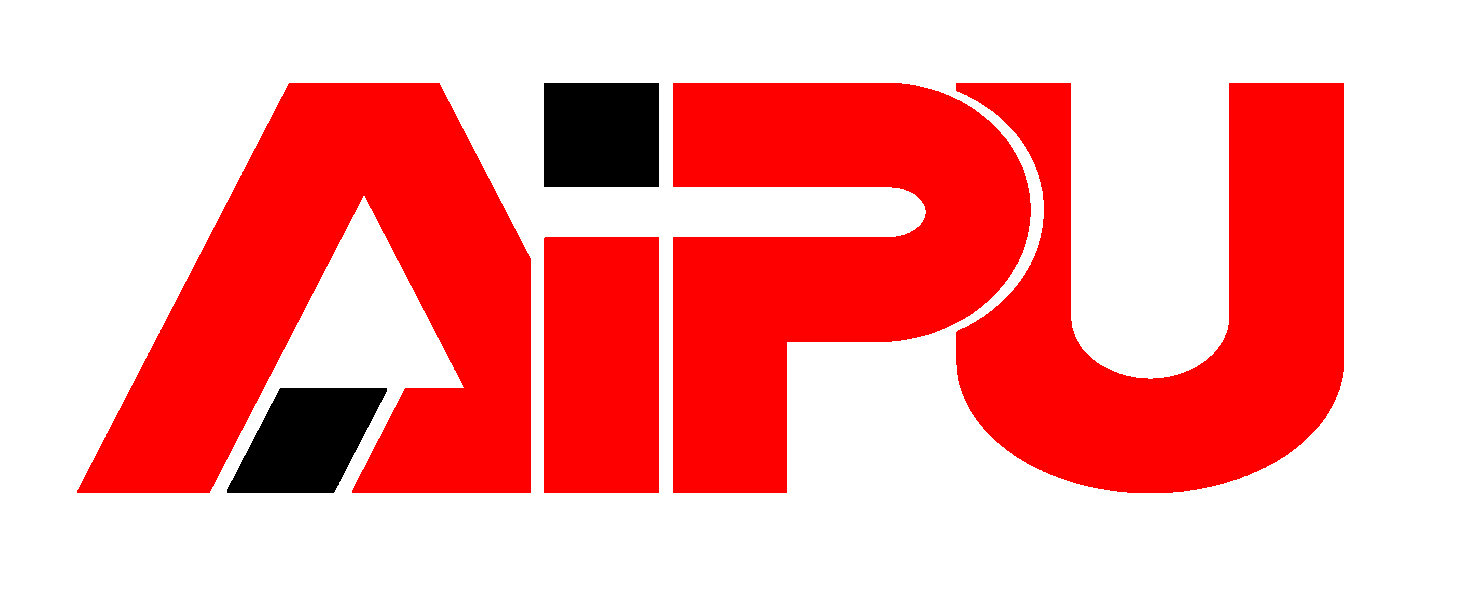The mud cleaner plays a critical role in the circulating system of drilling operations
The mud cleaner plays a critical role in the circulating system of drilling operations, particularly for managing solids in the drilling fluid. This article explores the function, advantages, and limitations of mud cleaners within the circulating system, highlighting their importance in enhancing drilling efficiency.
Function and Operation of Mud Cleaners
Mud cleaners are designed to remove drilled solids larger than barite from the drilling fluid. They typically consist of a series of hydrocyclones mounted above a vibrating screen. The hydrocyclones, also known as desilters, separate solids from the fluid by accelerating the mud through a curved vessel. The separated solids then pass over a screen, which recovers excess fluid and allows smaller particles to return to the circulating system.
The primary purpose of mud cleaners is to manage solids in weighted muds, such as those containing barytes, which are less than 74 microns in size. Initially, mud cleaners were used in weighted fluids for solid removal because traditional shakers could only run screens as fine as 149 microns (100 mesh) at best.
Advantages of Mud Cleaners
Mud cleaners offer several advantages in drilling operations. They are particularly useful in low solids and oil muds, where they help maintain the desired properties of the drilling fluid. By effectively removing solids, mud cleaners can reduce the risk of equipment damage and improve drilling efficiency. Additionally, they help in recovering valuable weighting materials like barite, thereby reducing costs associated with mud disposal and replenishment.

Limitations and Challenges
Despite their advantages, mud cleaners have certain limitations. One of the primary challenges is their inability to treat the entire circulation rate, which can impact overall system efficiency. The high underflow viscosity of the cone and the small screening area often lead to increased barite losses over cleaner screens compared to shaker screens with the same mesh size. This issue is exacerbated by the limited durability of finer screens used in mud cleaners.
Furthermore, the development of linear motion shakers has limited the applications of mud cleaners. Experts often recommend using fine screen shakers for weighted mud instead of mud cleaners, as shakers are more dependable and their screens are more durable. Shale shakers can process all circulation rates and are generally more efficient in removing solids from the drilling fluid.
Enhancing System Efficiency
To enhance the efficiency of the circulating system, it is crucial to consider the appropriate use of mud cleaners. Here are some recommendations:
1.Screen Selection:Ensure that the screens fitted to the mud cleaner are finer than those used in shale shakers. This helps in achieving better separation of solids and maintaining fluid properties.
2.Regular Maintenance: Conduct regular inspections and maintenance of the mud cleaner components, including cones and screens. Replace eroded parts and ensure that all cones are operating correctly to maintain system capacity.
3.Pressure Management: Fit a pressure gauge to the cone manifold to monitor and adjust feed pressure as needed. Correct feed pressure is essential for optimal separation efficiency.
4.System Configuration:Consider adding a shaker at the flowline instead of a mud cleaner to increase system efficiency. This configuration can help process the entire circulation rate and reduce barite losses.
5.Training and Monitoring:Train operators on the proper use and maintenance of mud cleaners. Regularly monitor the system to identify and address any issues, such as blocked cones or screen flooding, which can affect performance.
In conclusion, while mud cleaners are an essential component of the drilling fluid circulating system, their effectiveness depends on proper selection, maintenance, and operation. By understanding their limitations and optimizing their use, drilling operations can achieve better efficiency and cost-effectiveness.










